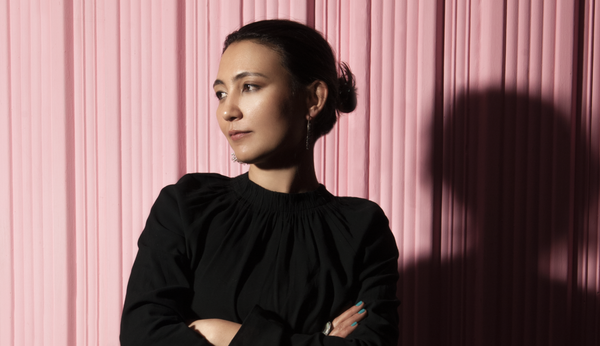News
Obituary: IM Pei (1917–2019)


Modernist architect Ieoh Ming Pei passed away on May 16 at his home in New York. He was 102 years old.
Born on April 26, 1917, in Guangzhou, Pei resided in Hong Kong and Shanghai before leaving China to pursue an architecture degree in the United States at age 18. He was initially enrolled at the University of Pennsylvania but soon became dissatisfied with the school’s focus on the Beaux-Arts style, rooted in the classical traditions of Greece and Rome. He continued his architectural studies at Massachusetts Institute of Technology. For two days in November 1935, modernist architect Le Corbusier visited the university, and his impact on Pei was profound. Pei later reflected on the period, calling it “the most important days in my architectural education.” In 1942, Pei began his studies at Harvard’s Graduate School of Design and later received a position as assistant professor of design at the university. There, Pei became closely acquainted with Bauhaus visionaries, Walter Gropius and Marcel Breuer, who shared the same resistance to the Beaux-Arts doctrine, and who instead pioneered modernist design. Then, in 1955, after seven years of working for real estate developer William Zeckendorf, Pei established his own firm, IM Pei & Associates.
Often utilizing glass, steel, concrete or stone, Pei’s structures are based on simple geometries. Pei was also passionate about integrating natural light in his buildings. One of his most controversial projects was the redevelopment of Paris’s Louvre Museum in the 1980s. Aside from being the first foreign architect to work on the Louvre, Pei was initially critiqued on his plans to erect a 22-meter-tall, glass-and-steel pyramid near the central entrance, although the pyramid is now one of the most recognizable structures in Paris. Pei’s other iconic projects include Hong Kong’s Bank of China building (1990); the John F. Kennedy Library (1979) in Dorchester, Massachusetts; the East Building of the National Gallery of Art (1978) in Washington, DC; and the Museum of Islamic Art (2008) in Doha, a project he took on in his 80s.
Pei has been the recipient of many accolades, including the Pritzker Prize, which he won in 1983. He used the USD 100,000 prize money to start a program for aspiring Chinese architects to study in the US.
Xuan Wei Yap is an editorial intern of ArtAsiaPacific.







